Ever walked into a room and felt it come alive with just a few plants? Indoor plant styling is more than just placing a fern in the corner; it’s about creating a harmonious environment that reflects your personality. In this article, we’ll dive into the art of decorating with plants, offering you insightful houseplant decor tips and innovative styling ideas. Prepare to transform your indoor spaces into botanical havens that inspire creativity and tranquility!
Transform Your Space with Plants
Incorporating plants into your home decor can create a refreshing atmosphere that enhances both aesthetics and well-being. Start by selecting the right plant pots and stands to complement your interior style — think of terracotta for a rustic vibe or sleek metal for a modern touch. Layering different heights and textures can add depth to your space, allowing the greenery to become an integral part of your decor rather than an afterthought.
Consider the placement of your indoor greenery ideas: a tall fiddle leaf fig in a corner can draw the eye upward, making the room feel more expansive, while trailing plants like pothos can soften shelves or mantels. Use hanging planters to utilize vertical space, which not only saves floor space but also creates a stunning visual impact. Remember, the goal is to curate a living space that reflects your personality — so don’t be afraid to mix and match plants with varying foliage and colors to create a vibrant, inviting environment!
Benefits of Indoor Plants for Your Home
Indoor plants are more than just decorative accents; they offer a plethora of benefits that can enhance your living space. One significant advantage is their ability to improve air quality. Plants like snake plants and peace lilies filter toxins from the air, making your home healthier and more inviting. Not only do they purify the atmosphere, but they also increase humidity levels, which can alleviate dry skin and respiratory issues — especially during harsh winter months.
Moreover, incorporating greenery into your decor can elevate your mood and reduce stress. Studies show that being around plants can boost your creativity and productivity, making them ideal companions for home offices or study areas. The vibrant colors and textures of the best indoor plants for decor — such as pothos or fiddle leaf figs — can create a calming ambiance, transforming any room into a serene retreat. By choosing the right plants, you not only beautify your space but also foster a nurturing environment for both your mind and body.

Choosing the Right Plants for Your Space
When selecting plants, consider the specific conditions of your environment, such as light levels and humidity. For bright spaces, vibrant succulents or cheerful snake plants can thrive, while low-light areas might benefit from resilient pothos or ZZ plants. Don’t forget to assess the temperature fluctuations; tropical plants like monstera prefer warmth and humidity, while cacti thrive in dry, cooler spots.
Beyond environmental factors, think about how each plant’s size and shape will complement your decor. Taller plants like fiddle leaf figs can serve as striking focal points, while trailing plants such as string of hearts add depth and movement to shelves or hanging planters. To create a cohesive look, consider grouping plants with similar care requirements or varying heights to create visual interest. Remember, your plant choices should not only beautify your space but also reflect your personal style!
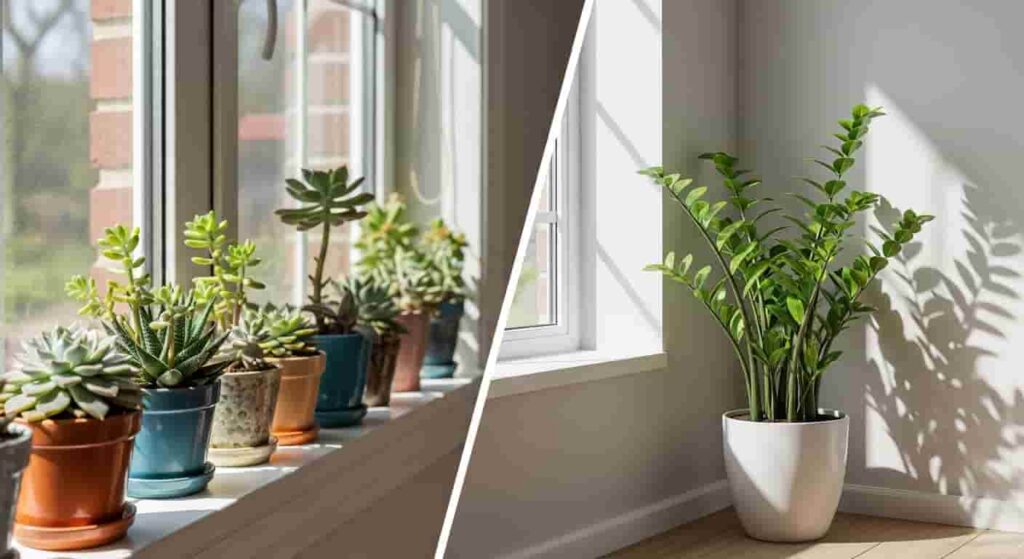
Best Locations for Plant Placement
When considering the ideal spots for your indoor plants, light and humidity are paramount. Placing your greenery near south-facing windows is often a winning strategy, as these areas receive the most sunlight throughout the day. If you have low-light plants like snake plants or pothos, consider positioning them in corners or on shelves where they can still thrive without direct sunlight. Remember to rotate your plants occasionally to ensure even growth and prevent them from leaning towards the light source.
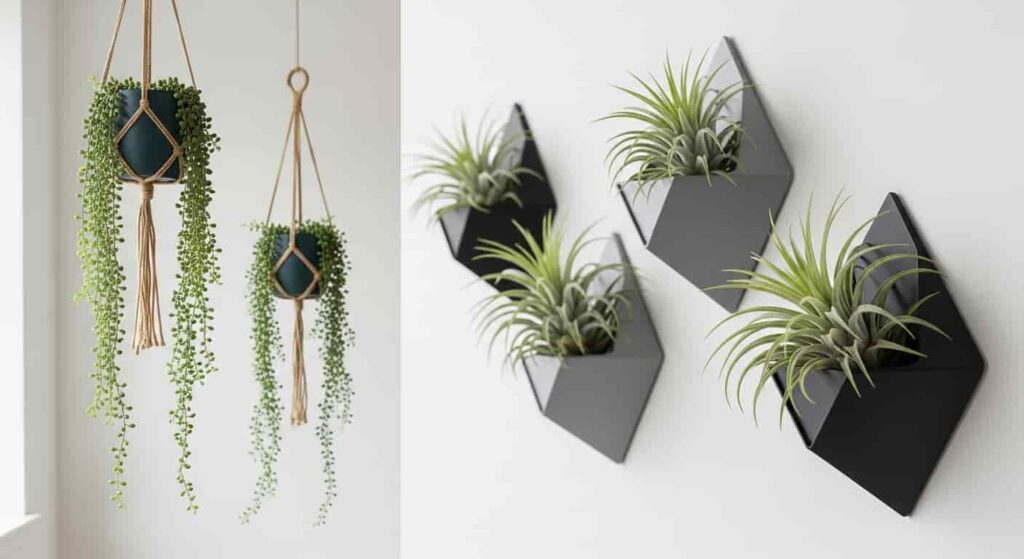
Another clever placement idea is utilizing vertical space. Wall-mounted planters or hanging pots can add dimension to your decor while saving valuable floor space. This approach not only draws the eye upward but also creates an enchanting atmosphere that feels lush and alive. Additionally, grouping plants with similar care needs together can simplify maintenance and enhance their visual impact — think of creating a mini jungle vibe in a bathroom with high humidity or a sunny kitchen window sill for herbs!
Styling Tips for Plant Arrangements
Creating a harmonious plant arrangement is all about balance and variation. Start by considering the height, texture, and color of your plants. Use taller plants like fiddle leaf figs or snake plants as focal points, placing them behind shorter varieties such as pothos or succulents. This layered effect not only draws the eye upward but also creates depth in your display.
Incorporate different textures to keep your arrangement visually interesting. For instance, mix the smooth leaves of a ZZ plant with the feathery fronds of a fern. Don’t shy away from using decorative pots and planters that complement your decor style — ceramic, terracotta, or even metallic finishes can add an extra flair. Lastly, remember to group plants in odd numbers, which is generally more pleasing to the eye. Consider arranging them on a tiered shelf or plant stand for added drama and a touch of whimsy!
Unique and Stylish Home Decor: modern geometric shape and diamond design add a contemporary decorative touch to any indoor space. An amazing and stunning decoration for home, office, bathroom
Maintenance: Keeping Your Greenery Thriving
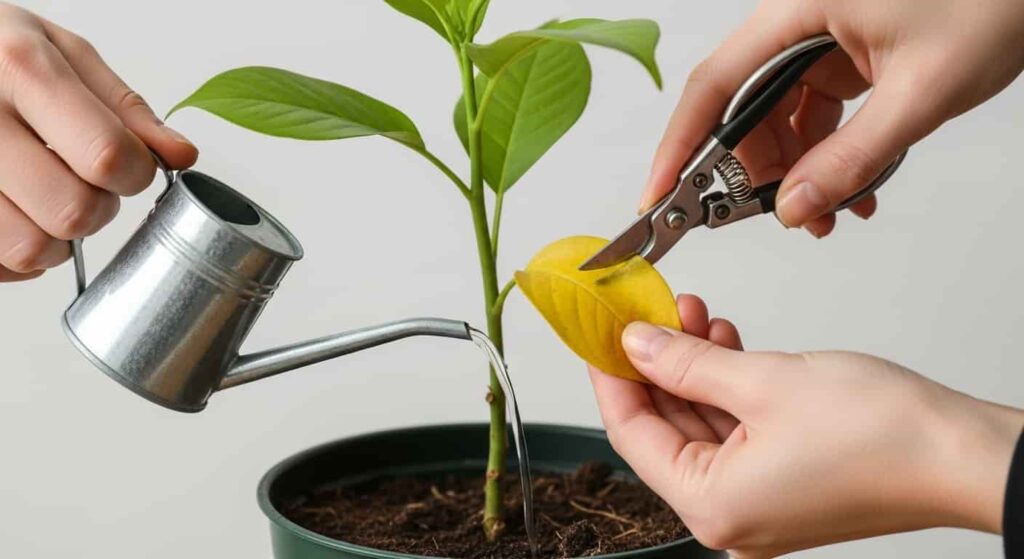
To ensure your indoor plants flourish, it’s essential to establish a consistent maintenance routine. Start by assessing each plant’s specific needs; some thrive in bright, indirect light while others prefer shadier spots. Regularly rotating your plants can help them grow evenly and prevent them from leaning towards the light source.
Watering is another critical aspect of plant care. Instead of following a strict schedule, get to know your plants’ watering preferences. A simple moisture meter or the finger test — sticking your finger an inch into the soil — can help you determine when it’s time to hydrate. Additionally, consider incorporating a monthly feeding regimen with balanced fertilizers during the growing season to provide essential nutrients and promote robust growth.
Finally, don’t underestimate the power of pruning! Regularly trimming dead leaves not only keeps your plants looking their best but also encourages new growth. Creating a habit of checking for pests and diseases can save your greenery from potential damage. With these maintenance tips, your indoor jungle will not just survive but thrive, adding vibrant life to your home decor!
Sturdy and Stainless Steel Garden Set: Made of Stainless Steel, this stainless steel gardening tools is durable and rust-proof. Moreover, with stable material like this, these gardening tools are hardly deformed
Combining Plants with Other Decor Elements
When integrating plants into your decor, think beyond traditional pots. Consider using unique planters, such as vintage teacups or geometric terrariums, to add character and a touch of whimsy. These unexpected choices can serve as conversation starters while enhancing your overall aesthetic. Pairing plants with metallic accents, like brass or copper, can create a striking contrast that elevates the visual interest in any room.
Don’t forget about layering! Use plants to soften hard surfaces — place a lush fern on a sleek coffee table or a trailing ivy cascading from a bookshelf. This not only adds depth but also creates a harmonious balance between natural and man-made elements. Remember, the goal is to create a cohesive look; consider how colors and textures interact throughout your space. By thoughtfully combining plants with other decor items, you can transform your home into a sanctuary that feels alive and inviting.
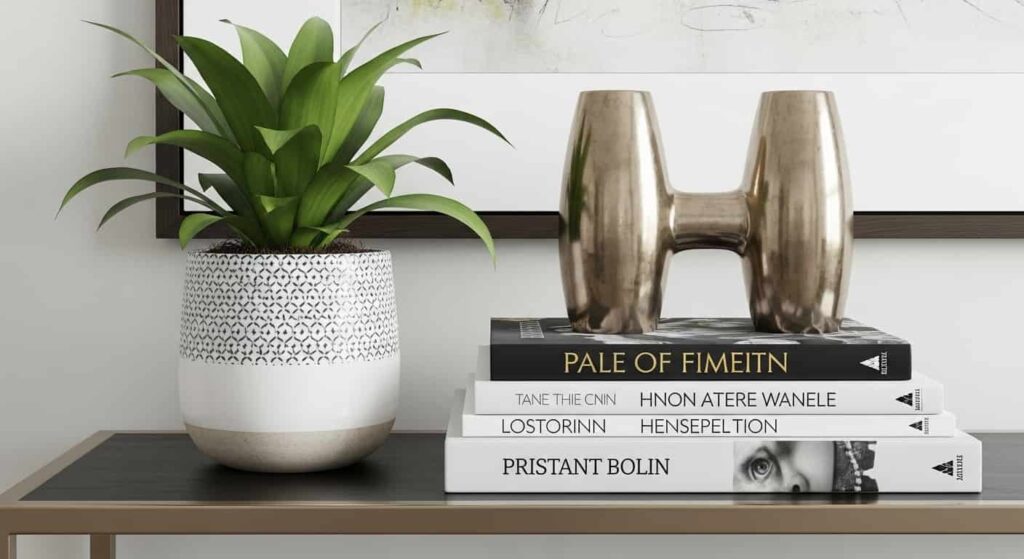
Common Mistakes to Avoid When Decorating
One of the most frequent errors in plant decoration is neglecting light requirements. Each plant species has its own specific needs, and placing a sun-loving plant in a dark corner can lead to disappointment and wilted leaves. Before you commit to a spot, observe how the natural light shifts throughout the day in your space. Consider utilizing sheer curtains or strategically positioned mirrors to enhance light without overwhelming delicate foliage.
Another common misstep is overcrowding your space with greenery. While it’s tempting to create a lush jungle aesthetic, too many plants can lead to a cluttered look and even hinder their growth due to competition for resources. Instead, aim for a balanced arrangement that allows each plant to shine. Use varying heights and textures to create visual interest, and remember: sometimes, less truly is more!
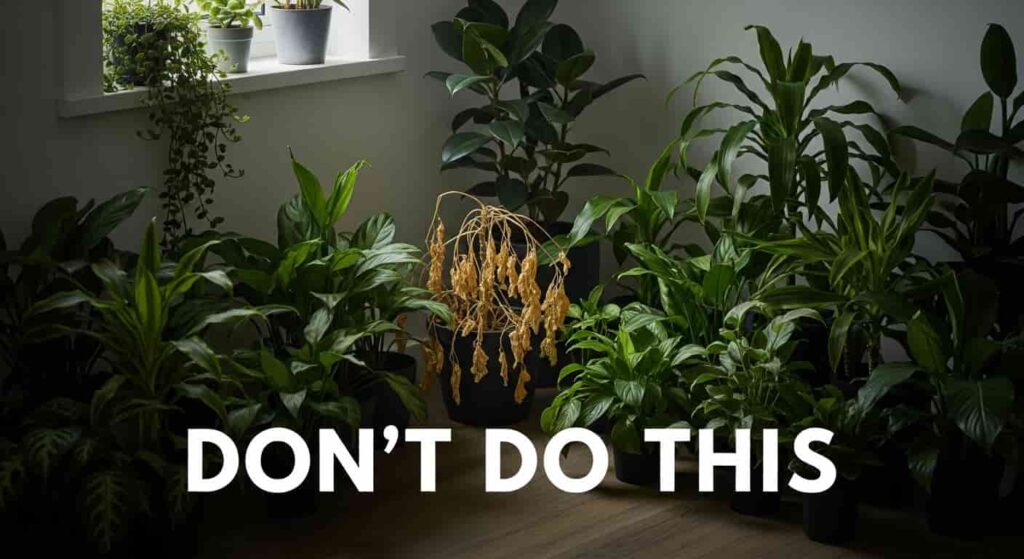
Create Your Green Oasis Today!
Transforming your living space into a lush green oasis is not just about adding plants; it’s about creating an environment that nurtures both body and soul. Start by selecting a variety of plants that cater to your lifestyle — consider low-maintenance options like snake plants or pothos if you’re a busy individual, or opt for more delicate varieties like ferns if you’re ready for a little extra care. Mixing different textures and heights can create visual interest, so don’t hesitate to combine tall floor plants with trailing vines on shelves or mantels.
Once you’ve chosen your greenery, think about how to display them effectively. Use plant stands or hanging planters to draw the eye upward, making the most of vertical space. Grouping plants in odd numbers (like three or five) enhances their aesthetic appeal and creates a more natural look. Additionally, consider the lighting in each area — some plants thrive in bright, indirect light, while others prefer shadier spots. Experimenting with placements will help you discover which configurations bring out the best in your indoor garden, turning your home into a vibrant sanctuary.
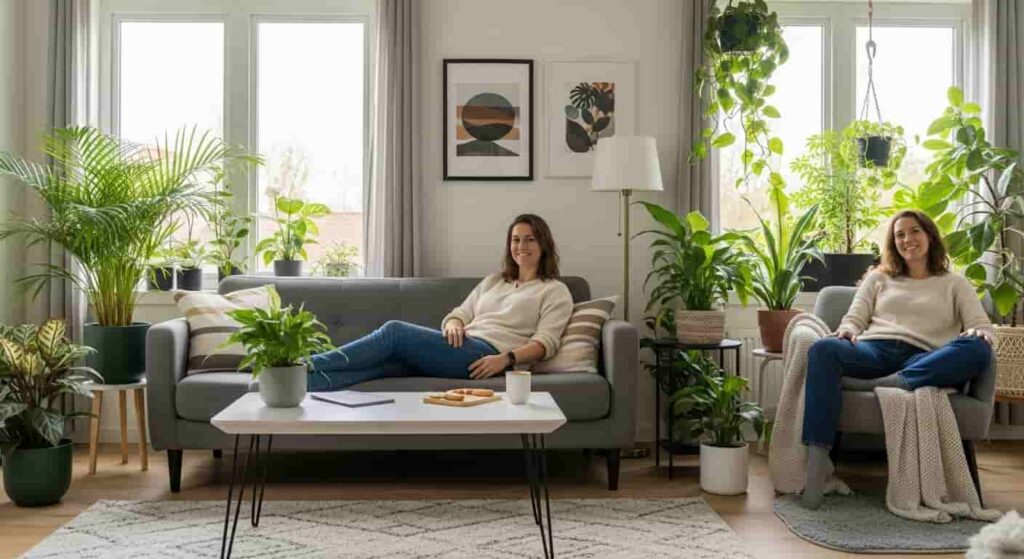
FAQs about Decorating with Plants
What types of plants are best for indoor spaces?
Indoor plants that thrive in low light and require minimal maintenance, like pothos, snake plants, and peace lilies, are ideal choices.
How do I choose the right plant for my home?
Consider factors like light availability, humidity levels, and your ability to care for the plant. Choose one that fits your lifestyle!
Can plants improve air quality?
Yes! Many indoor plants can help purify the air by removing toxins, making your space healthier and more inviting.
How do I style plants in my home?
Group plants of varying heights and textures together, use decorative pots, and place them in well-lit areas to create visual interest.
What are some creative ways to display indoor plants?
Try hanging planters, wall-mounted shelves, or plant stands to elevate your greenery and add dimension to your decor.
Do I need special care for indoor plants?
Most indoor plants require regular watering, occasional fertilization, and proper light exposure. Be sure to research the specific needs of each plant!
How often should I water my indoor plants?
Watering frequency depends on the plant type and environment; generally, check the soil moisture once a week to determine if it’s time to water.
Can I decorate with fake plants instead of real ones?
Absolutely! Fake plants can be a great alternative if you’re looking for low-maintenance options while still adding greenery to your space.







